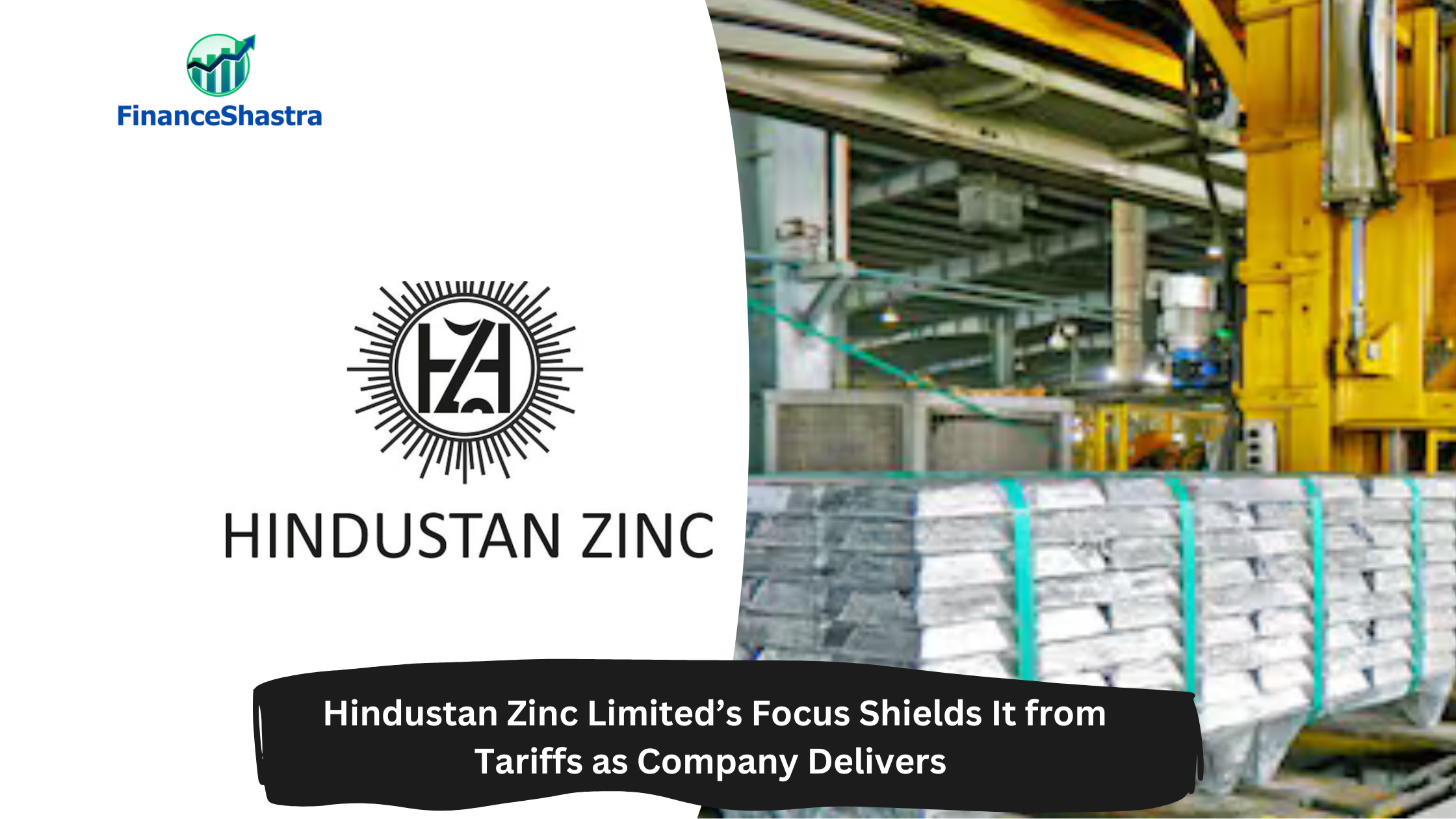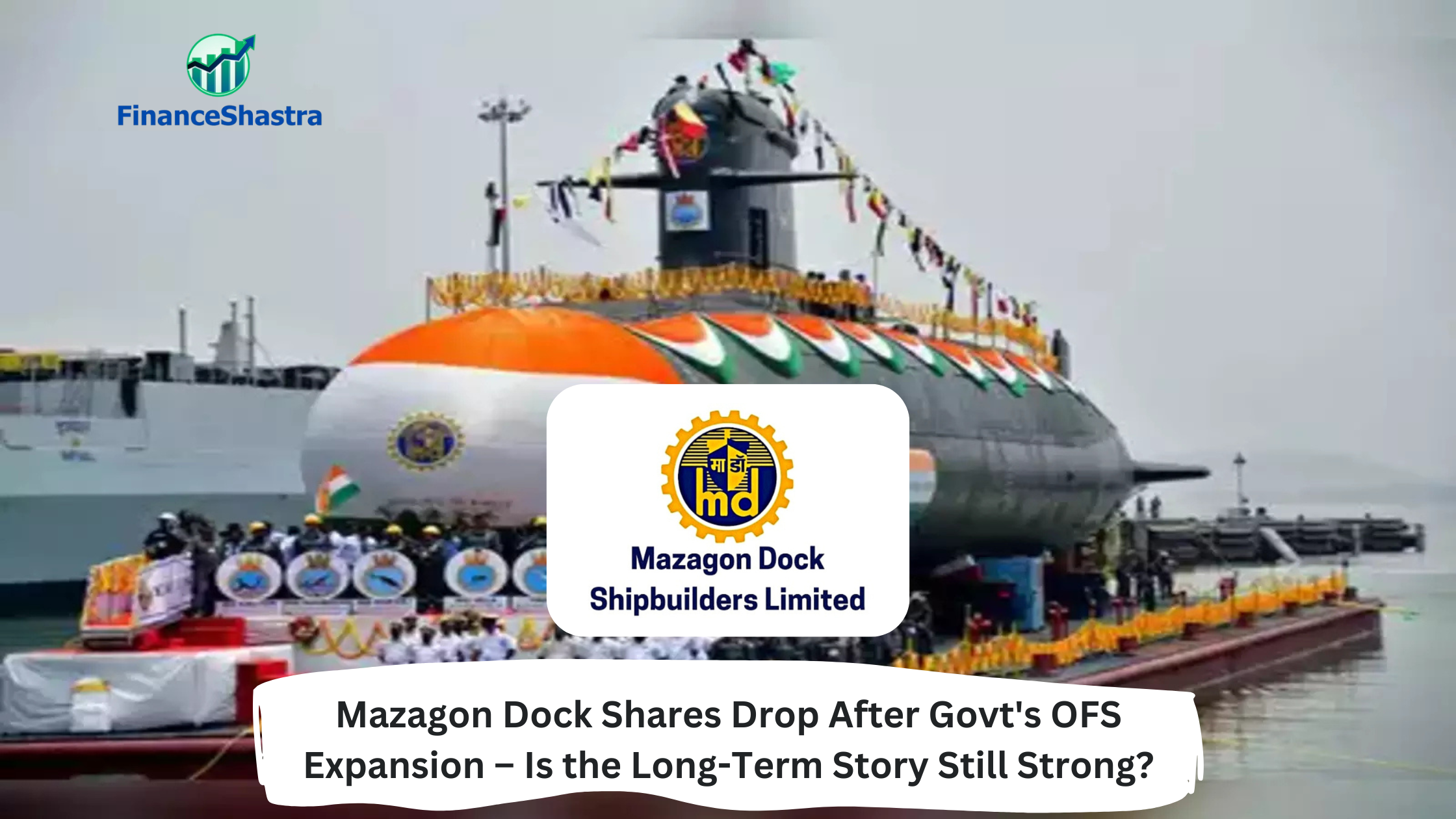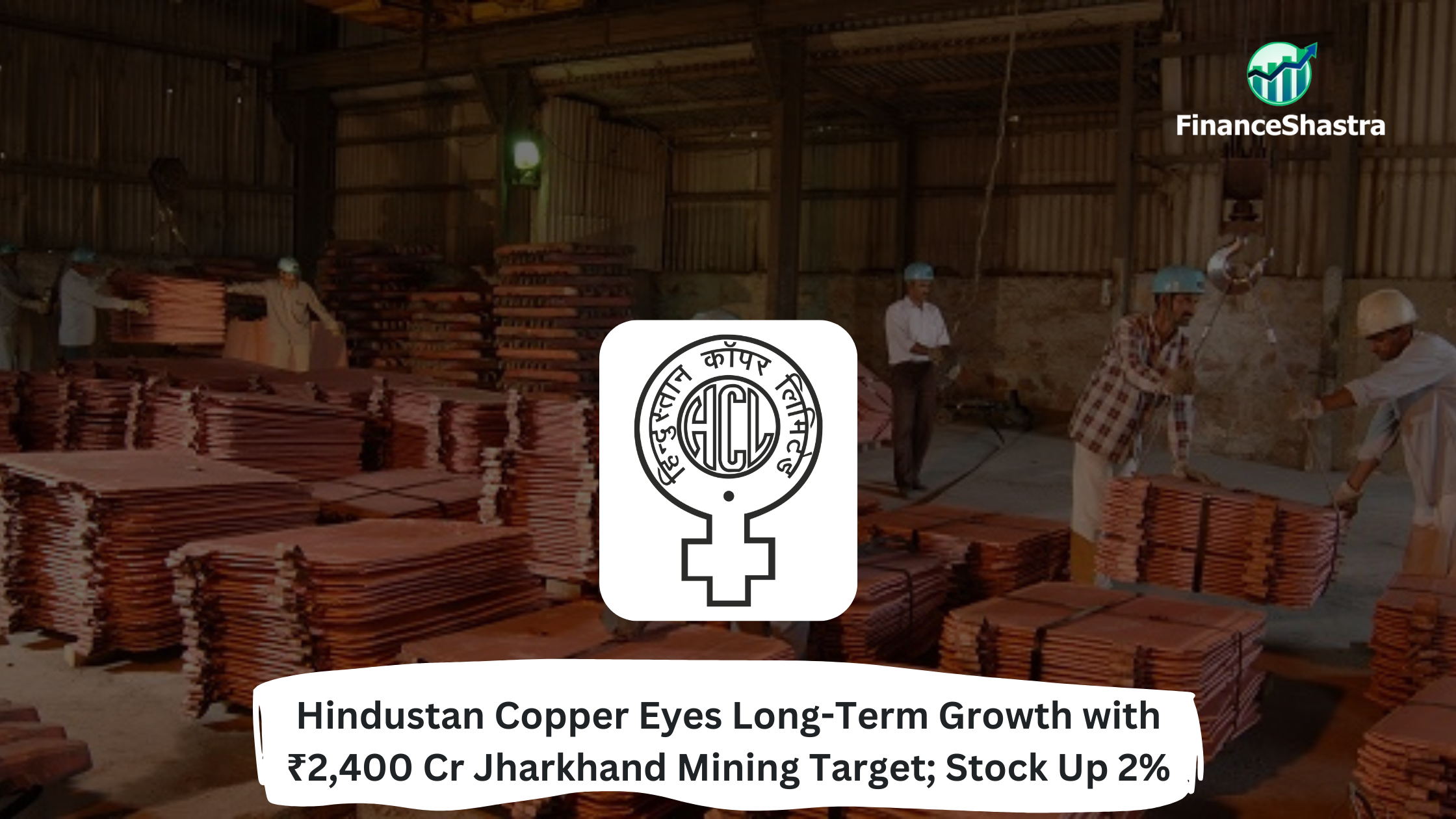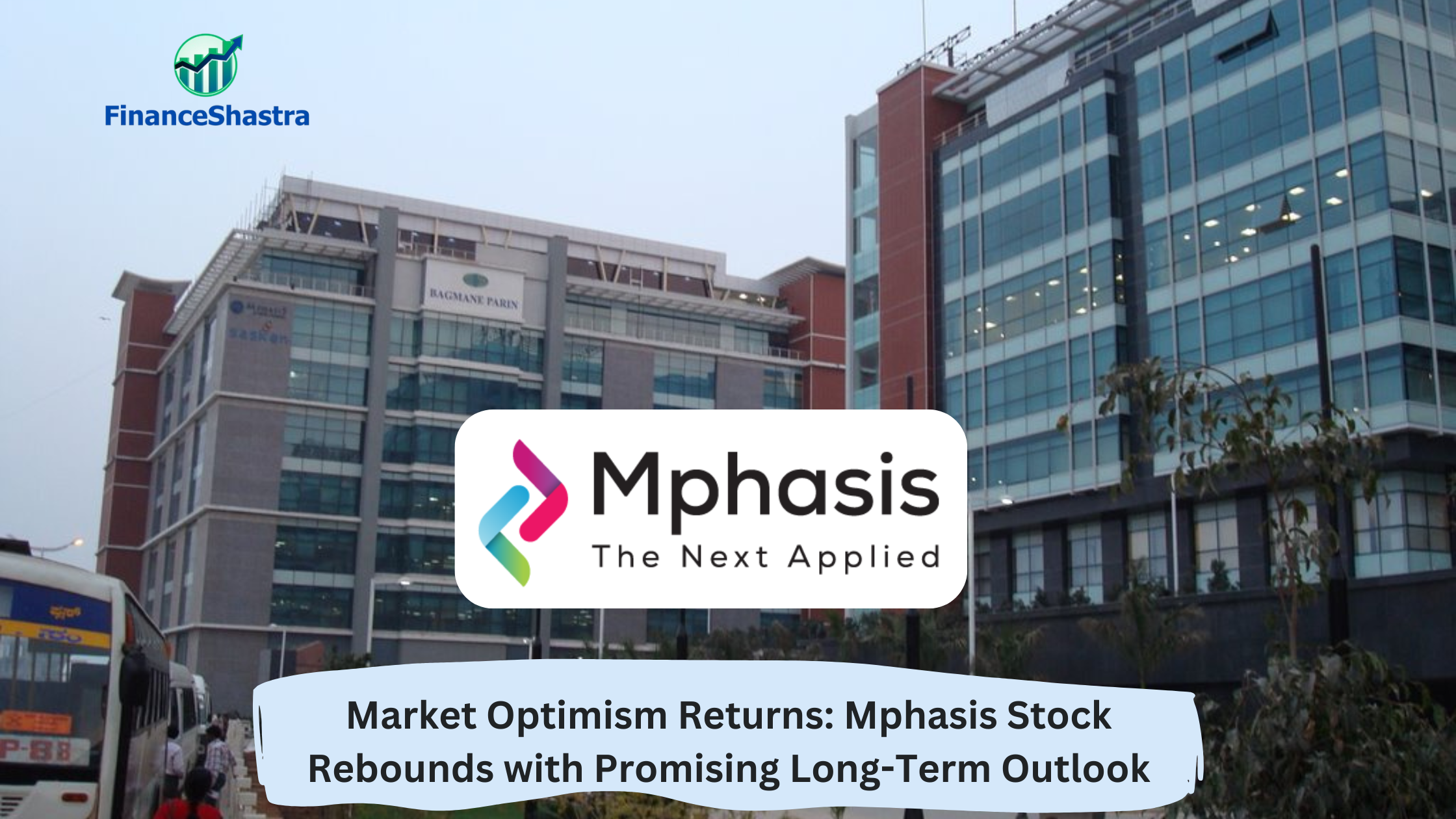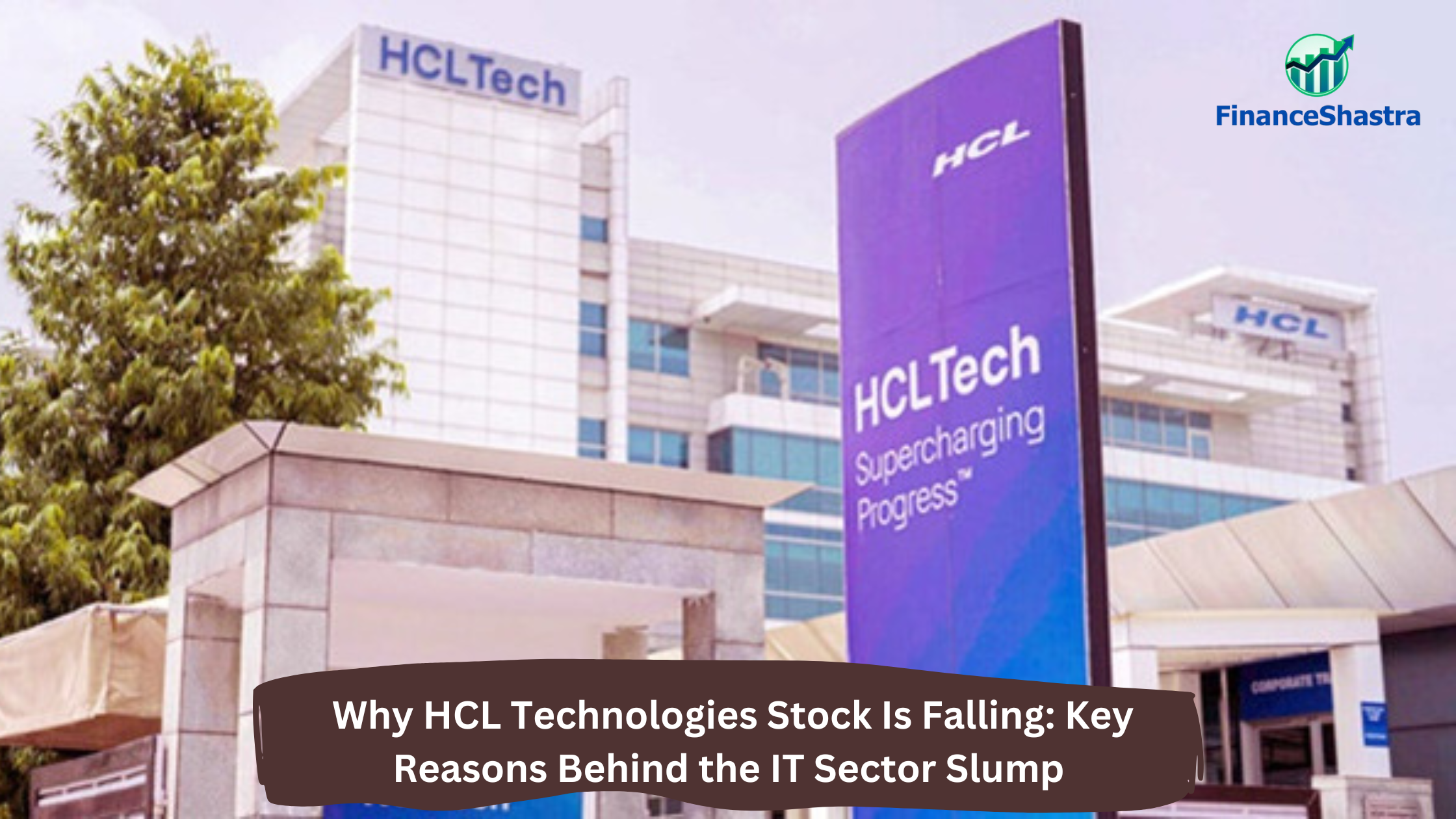Hindustan Zinc Limited’s Focus Shields It from Tariffs as Company Delivers
Business and Industry Overview:
Hindustan Zinc Limited (HZL) is a large mining company in India. It produces zinc, lead, silver, and a small amount of cadmium. Zinc is used in many things, like batteries, cars, buildings, and to protect iron from rust. Lead is used in batteries and silver is used in jewellery, electronics, and coins. HZL is the second-largest zinc producer in the world. In India, it produces about 80% of all the zinc made in the country. The company was started in 1966 as a government-owned company. It was created from an old company called Metal Corporation of India. In 2001, the Indian government decided to sell this company. At that time, many public companies were not doing well, so the government wanted to sell them. In 2002, a company called SOVL (Sterlite Opportunities and Ventures Limited) bought 26% of HZL and took control. Later, SOVL bought more shares from the public and the government. By 2003, it owned 64.92% of the company. The government still owns about 29.5%. SOVL then became part of Sterlite Industries. That company later merged with Sesa Goa to become Sesa Sterlite. In 2015, the name changed to Vedanta Limited. So today, Vedanta Limited owns HZL. HZL runs many mines in Rajasthan, a state in India. The most famous mine is Rampura Agucha, which is the biggest zinc mine in the world. Other mines are in Rajpura Dariba, Sindesar Khurd, Kayad, and Zawar. These mines are all located in Rajasthan. The company also has factories called smelters. These are places where the raw metal from the mines is cleaned and turned into pure metal. These smelters are in Chanderiya, Debari, Dariba (all in Rajasthan), and Pantnagar in Uttarakhand. There is also one in Visakhapatnam in Andhra Pradesh, but it has been closed since 2012. In the year 2014–15, the company produced 8,80,000 tonnes of metal from these smelters. HZL also cares about sports and young talent. It runs a football club called Zinc Football Academy. It is based in Zawar, a small town near Udaipur, Rajasthan. The club plays in the R-League A Division, which is the top football league in the state. Zinc FA has also won the league title.
Today, HZL is a very successful company. It earns good profits and plays a big role in India’s metal industry. It also tries to protect the environment by using clean methods in its work. It is working on using sustainable and green practices to save energy and reduce pollution.
Latest Stock News:
In the first week of April 2025, the share price of Hindustan Zinc Limited (HZL) went down sharply. It fell by 12.68% in just three days. On April 7, 2025, the stock dropped a lot. It fell by 9.83% in one day. The lowest price it touched was ₹385.05 per share. This happened because the metal sector was under pressure. Prices of non-ferrous metals like zinc, lead, and silver went down. Other metal company shares also dropped. But HZL’s fall was bigger than others. Experts said the fall may be due to global demand worries. Also, some investors were booking profits after earlier gains.
In the same week, Vedanta Limited, the parent company of HZL, announced a big investment plan. Vedanta will invest $20 billion in different sectors over 3 years. Out of this, $2 to $2.5 billion will go to Hindustan Zinc. This money will help HZL to increase its production and grow its business.
Also in early April, HZL gave its Q4 production update. It said that mined metal production increased by 4% compared to last year. The company produced 310,000 tonnes of metal in the quarter. This growth came from better metal quality, good performance in mills, and higher output from the Agucha and Zawar mines. In the fourth quarter of financial year 2025 (4QFY25), Hindustan Zinc Limited (HZL) achieved its highest ever mined metal production of 310 thousand tonnes, which was 17% higher than the last quarter. This increase came from better metal quality, good recovery in mills, and more output from the Agucha and Zawar mines. The company also produced 270 thousand tonnes of refined metal, up 4%, with refined zinc at 214 kt (up 5%) and lead at 56 kt (up 2%). Saleable silver production reached 177 metric tonnes, 10% higher, due to more lead production and better use of in-process materials. Wind power generation also rose to 63 million units, up 33%, helped by stronger wind speeds. This shows that HZL had a strong and improved performance in this quarter.
In March 2025, HZL said it will raise ₹500 crore by selling bonds. These are non-convertible debentures (NCDs). This is the first time in four years that HZL is raising money through bonds. The money will be used for business needs and plans.
Also in March, HZL’s Chairperson Priya Agarwal Hebbar made an important announcement. She said that the company wants to double its metal production to 2 million tonnes per year by 2030. She also said HZL will enter the critical minerals sector. These minerals are needed for electric vehicles, batteries, and clean energy products.
Potentials:
Hindustan Zinc Limited (HZL) has strong plans to grow its business and support clean energy. The company wants to double its metal production from around 1 million tonnes to 2 million tonnes per year by 2030. To do this, it will invest in new technologies, better mining, and more smelting capacity. HZL also plans to enter the critical minerals sector, which includes special metals like lithium, cobalt, and rare earth elements. These metals are very important for making batteries, electric vehicles, and clean energy tools. This step will help India reduce its dependence on other countries for green technology. HZL’s parent company, Vedanta Limited, has announced a $20 billion investment plan, and ₹2 to ₹2.5 billion will be used to help HZL grow. The company is also raising ₹500 crore through bonds to get more funds for these projects. HZL wants to become one of the top metal producers in the world, and also become a key player in India’s green and sustainable future.
Analyst Insights:
- Market capitalisation: ₹ 1,70,555 Cr.
- Current Price: ₹ 404
- 52-Week High/Low: ₹ 808 / 340
- P/E Ratio: 18.0
- Dividend Yield: 7.28%
- Return on Capital Employed (ROCE): 46.2%
- Return on Equity (ROE): 55.2%
Hindustan Zinc Ltd is a strong company. It makes good profits and uses its money well. Its Return on Equity (ROE) is 55.2% and Return on Capital Employed (ROCE) is 46.2%. This means the company earns high returns from the money it uses. Its Operating Profit Margin (OPM) is above 50%, which shows good control over costs. The company is also almost debt-free, which means it does not have to pay much interest. It gives a high dividend yield of 7.28%, which is good for investors who want regular income.
Hindustan Zinc is India’s biggest zinc producer. It has 75% market share in India. It is also the third-largest silver producer in the world. This makes its income strong and steady. The company earns 25% of its revenue from exports, which means it sells to other countries too. It needs very little working capital, so it keeps more cash. All this makes the company strong.
But there are a few problems. The stock is very expensive. Its Price-to-Book ratio is 22.5, which is higher than other similar companies. Also, the promoters have pledged 93.5% of their shares. This is a risk. It shows the promoters may have taken out large loans using their shares. Growth is also a bit slow. In the last five years, sales grew by 7% per year and profits by 9% per year, which is not very high.
So, the company is strong and pays good dividends. But the stock is costly and there are risks. Because of this, it is better to hold the stock. It is good for long-term investors, but not a strong buy at the current price.

